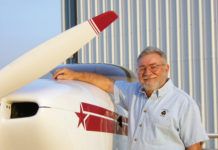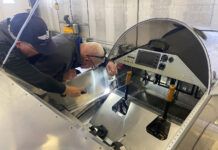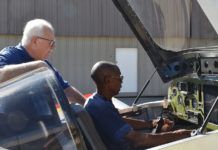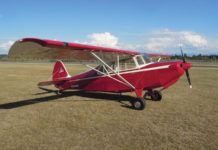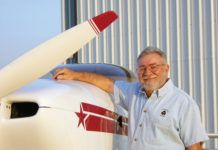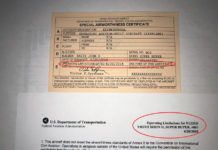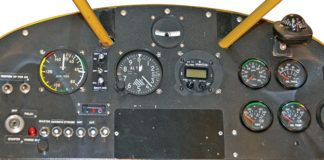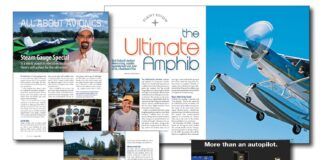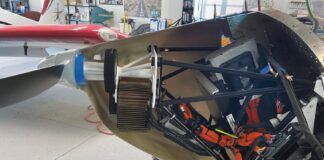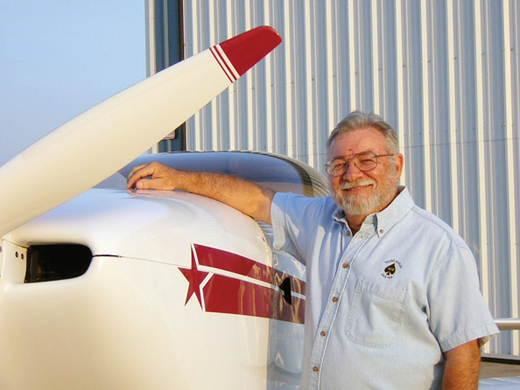
Question: I’m thinking of building a light-sport-eligible Experimental/Amateur-built RV-12 instead of an ELSA. There may be engines and props available that take the speed of the aircraft beyond the 120-knot LSA limit. If so, to protect the pilot (and any other subsequent pilot-owners), do you placard that Vne is 120 knots? Or do you placard an rpm limit?
Answer: Vne is not relevant to the speed limitations for LSA. The top speed limit is the maximum speed in level flight. The rpm limit is set by the engine manufacturer. If you build your own engine, you can set your own rpm limit.
Question: My intent is not to fly an RV-12 faster than the LSA-mandated 120-knot limit. But if the aircraft is capable of faster speeds, how do you document, placard, or establish the parameters in a manner that a DAR and the FAA would accept?
Answer: The DAR/Inspector does not accept or deny LSA parameters. The aircraft will be certificated in the Experimental/Amateur-Built category. Eligibility for LSA operations is the responsibility of the owner. If challenged, the owner must show proof that the aircraft fits within LSA parameters. The FAA is not in the habit of challenging these operations unless there are extreme circumstances.
Question: LSA rules allow fixed-pitch or ground-adjustable propellers only. Does the FAA not want pilots to be in control of prop pitch to ensure they don’t fly faster than 120 knots?
Answer: This rule was primarily to reduce pilot workload for a local, fun-flying aircraft with minimum operational complexity.
Question: The Aeromatic prop adjusts itself to flight conditions based on physics, and the pilot cannot control it. At higher rpm it’s a climb prop; at reduced rpm in cruise, it becomes more coarse and gives better fuel economy. Why would this be a bad thing?
Answer: No one said this would be a bad thing. It’s just that the FAA could not list every possible option, and listing fixed-pitch or ground-adjustable props was the easiest way to address the situation.
Question: If the FAA lifts the medical requirement for aircraft with gross weights above 1320 pounds, do you believe that there will be restrictions against horsepower, speed, and complex aircraft? Might a 180-hp RV-7 with a constant-speed prop fit the possible “no medical required” environment?
Answer: The original proposal for an exemption listed maximum horsepower and other limitations. The current proposal for a rule change includes much more relaxed limitations. My guess is that, if it happens, the result will be somewhere between these.
Question: I’d hate to sell our RV-7 in favor of an R-12, only to find out two years from now that you no longer need a medical to fly the RV-7. What would you do?
Answer: I would never sell an airplane based on what the FAA may or may not do. The odds of you guessing correctly are probably somewhat less that those of flipping a coin.
Please send your questions for DAR Asberry to [email protected] with “Ask the DAR” in the subject line.

